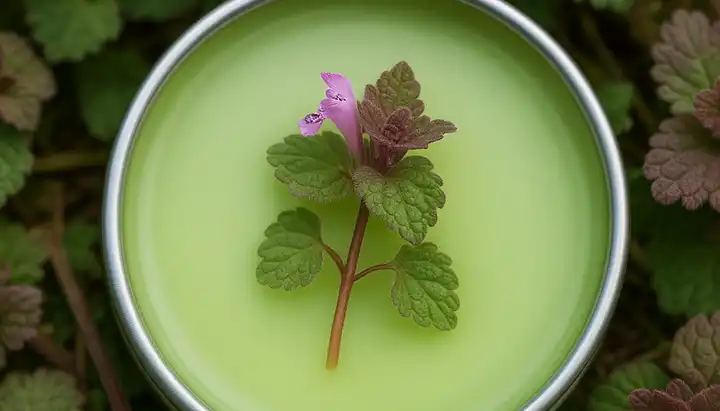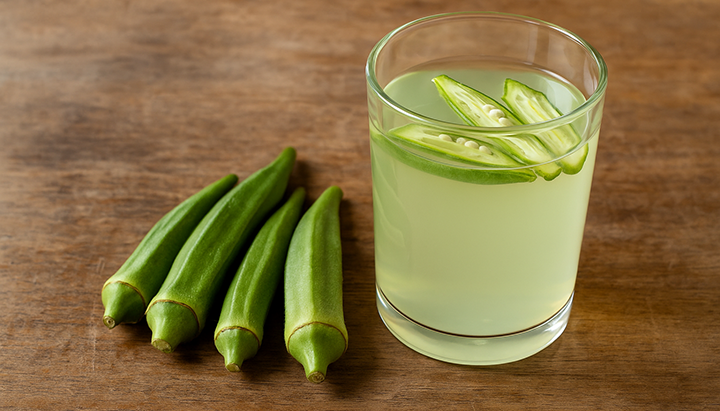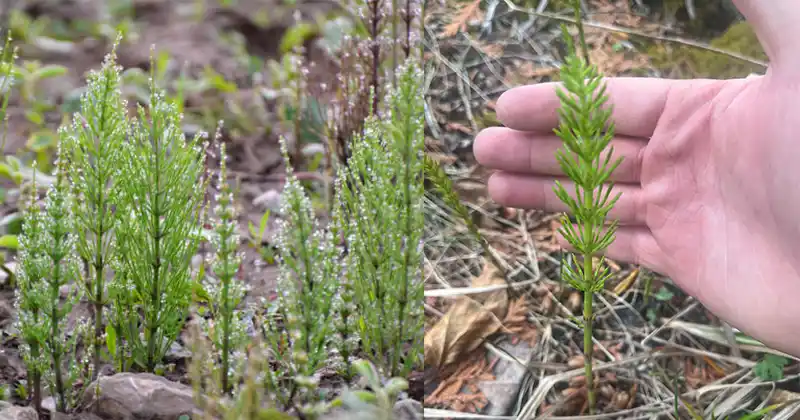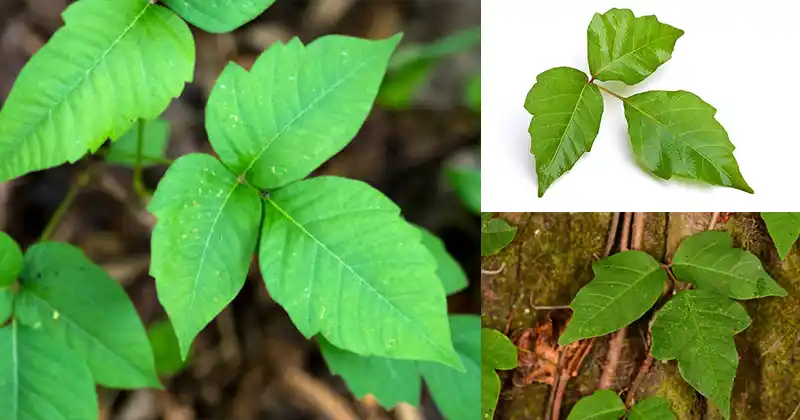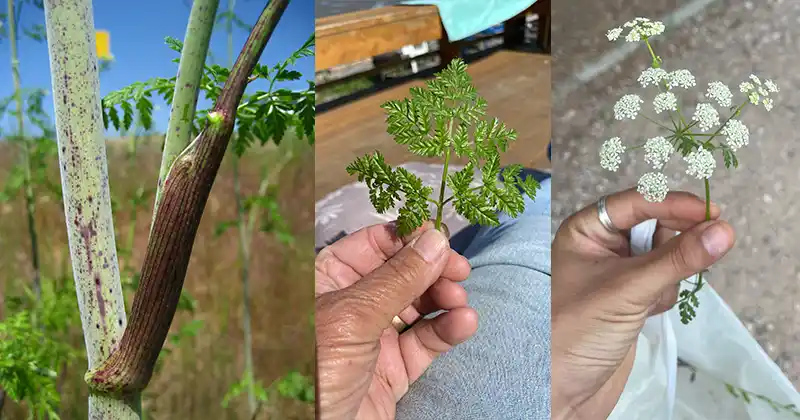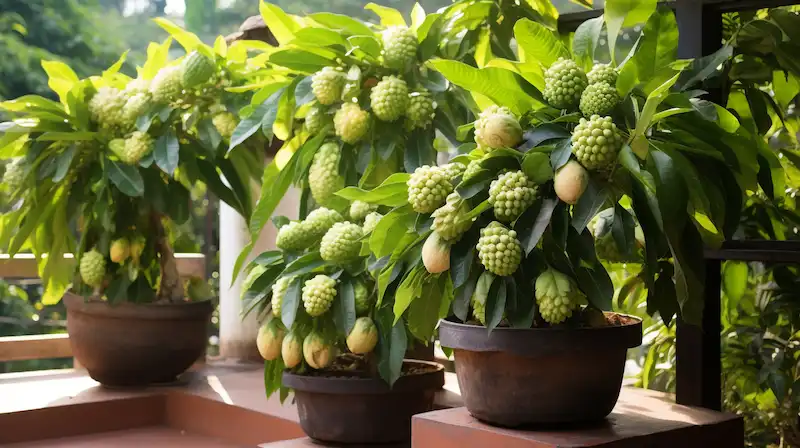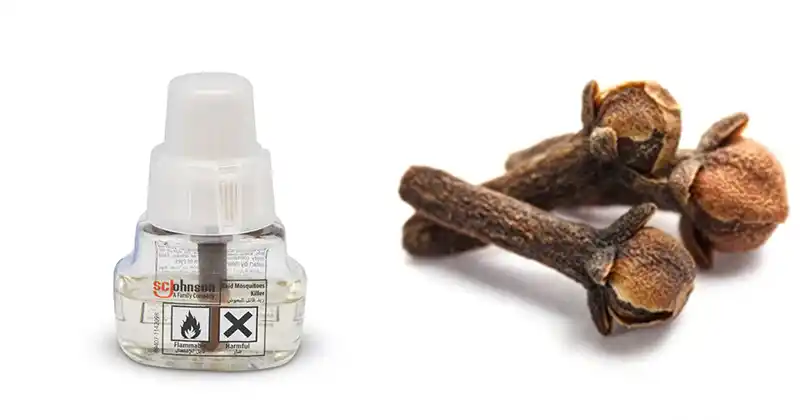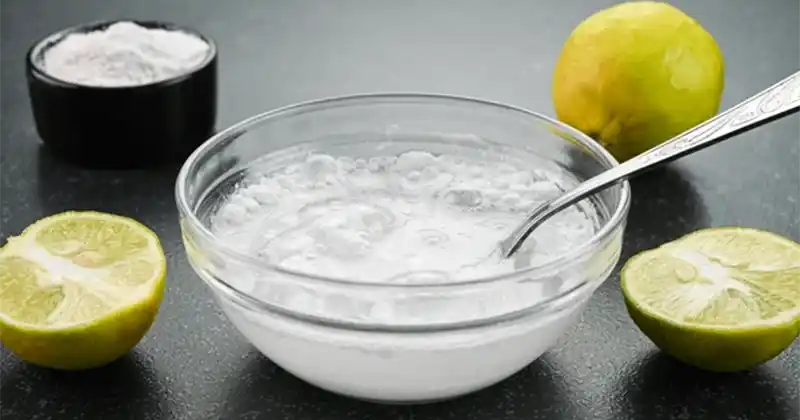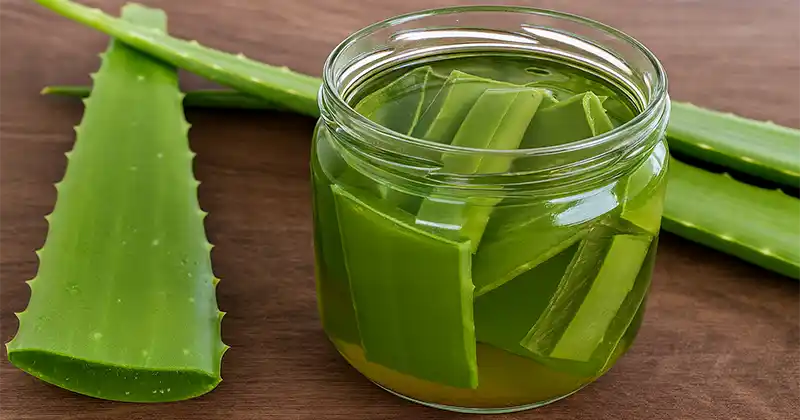Purple Dead Nettle (Lamium purpureum) is often mistaken for an annoying weed, but in reality, it’s a powerful medicinal plant growing freely in backyards, gardens, and meadows. With its soft purple-tinged leaves and tiny pink flowers, this member of the mint family is anti-inflammatory, antimicrobial, and soothing to the skin. One of the best ways to harness its healing power is by making a simple herbal cream.
Let’s explore how to make Purple Dead Nettle cream at home and why you’ll want to keep a jar of it around year-round.
🌿 What is Purple Dead Nettle?
Despite the name, Purple Dead Nettle isn’t a true nettle. It doesn’t sting and is completely safe to handle. It’s called “dead” because its leaves resemble stinging nettle, but lack the irritating hairs.
It grows abundantly in spring and early summer and is known for its:
- Antibacterial properties
- Wound-healing support
- Anti-inflammatory effects
- Rich content of antioxidants and vitamins A, C, and flavonoids
🧴 How to Make Purple Dead Nettle Cream at Home
🌸 Ingredients:
- 1 cup fresh Purple Dead Nettle leaves and flowers (washed and dried)
- 1/2 cup olive oil (or coconut oil, for a firmer texture)
- 1 tablespoon beeswax (for thickening the cream)
- Optional: A few drops of lavender essential oil (for extra soothing and fragrance)
- A small glass jar for storage
🔥 Instructions:
Step 1: Infuse the Oil
- Finely chop the Purple Dead Nettle.
- Place it in a small saucepan or double boiler with the olive oil.
- Gently heat the mixture on low heat for 30–60 minutes, stirring occasionally.
- Be careful not to boil or burn the herbs.
Step 2: Strain the Oil
- Use a cheesecloth or fine strainer to remove the plant matter.
- Pour the infused oil into a clean bowl.
Step 3: Add Beeswax
- Place the oil back into the pan and add the beeswax.
- Heat gently until the wax is fully melted.
- Stir well and remove from heat.
Step 4: Add Essential Oils (Optional)
- Add a few drops of lavender or tea tree oil (if desired).
- Stir again to blend.
Step 5: Pour and Store
- Pour the warm cream into a clean, dry glass jar.
- Allow it to cool and solidify completely.
- Store in a cool, dry place for up to 6 months.
✨ Benefits of Purple Dead Nettle Cream
✅ 1. Soothes Skin Irritations
Perfect for treating eczema, dry patches, rashes, and mild burns.
✅ 2. Supports Wound Healing
Helps disinfect minor cuts and scrapes and promotes faster healing.
✅ 3. Anti-inflammatory for Aches and Pains
Gently massage into sore muscles, joints, or insect bites to reduce swelling.
✅ 4. Gentle on Sensitive Skin
Safe for most skin types, including children and elderly.
✅ 5. Antioxidant Protection
Protects the skin from free radicals and nourishes with natural plant compounds.
⚠️ Precautions
- Always test on a small patch of skin first to check for allergies.
- Use only fresh, chemical-free plants harvested away from roads or sprayed areas.
- For serious skin conditions or wounds, consult a doctor.
🌼 Conclusion
Purple Dead Nettle cream is a gentle, natural remedy for everyday skin care and first-aid use. It’s easy to make, cost-effective, and brings the power of wild plants directly into your home. Next time you see this little “weed” growing in your yard, think again—it might just be the herbal ally your skin has been waiting for!
Would you like a printable recipe card or a label design for your jar? I’d be happy to create one! 🌿🧴
